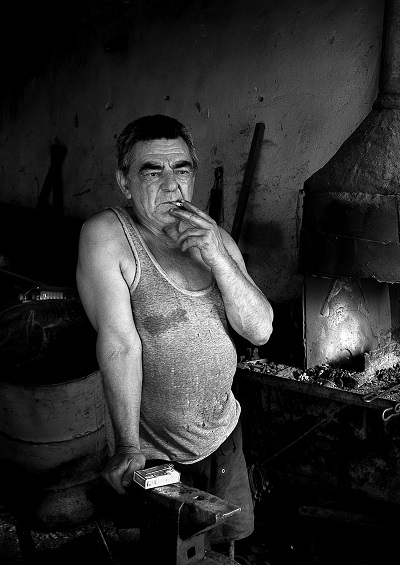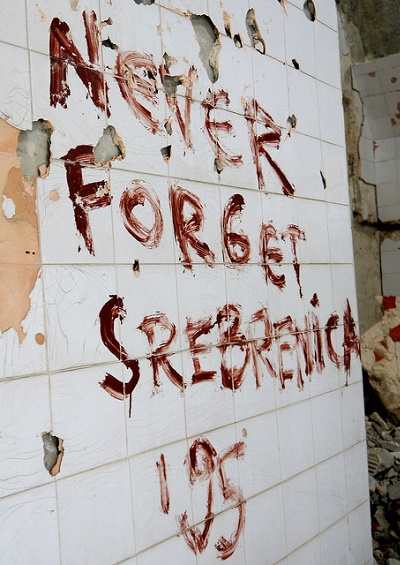Urbanization in Serbia
Despite widespread migration to urban areas in Serbia, some communities maintain traditions.
March 22, 2015

Goran Stamenkovic was born in 1963. Living in Serbia, by profession he is a veterinarian, while photography is his favorite hobby. He is a member of the Photo Association of Serbia and has participated in more than 100 exhibitions in the country and abroad.
Serbia is experiencing a huge migration of people from the countryside to cities.
With almost three-quarters of households employed in agriculture living below the poverty line, villages are dying and many younger rural residents, especially in the south, are migrating to Belgrade and other cities of the north in search of work and other opportunities.
But in places, some traditional customs and ways of life remain.
Text and photographs by Goran Stamenkovic
Slavko Jokic, 49, a vet in the village of Mokrin, poses as one of the local shepherds whose sheep he helps to keep in good health.
Zivko Golic chats with his granddaughter, also in Mokrin. As more and more families with young children abandon the countryside for city life, such a sight is increasingly rare in rural Serbia.
Mile Buncic is the only blacksmith in Basaid and its surrounding villages. He works to earn a little to support his retirement, but with few horses left in his district, he has little to do.
Radunka Stamenkovic, a housewife in Lipovica, starts her day with the washing up and preparing lunch. Her home has electricity, but it is only used for lighting and her radio. To heat water she still uses her woodburning stove the whole year round.
 Goran Stamenkovic was born in 1963. Living in Serbia, by profession he is a veterinarian, while photography is his favorite hobby. He is a member of the Photo Association of Serbia and has participated in more than 100 exhibitions in the country and abroad.
Goran Stamenkovic was born in 1963. Living in Serbia, by profession he is a veterinarian, while photography is his favorite hobby. He is a member of the Photo Association of Serbia and has participated in more than 100 exhibitions in the country and abroad.The Other Hundred is a unique photo-book project (order here) aimed as a counterpoint to the Forbes 100 and other media rich lists by telling the stories of people around the world who are not rich but who deserve to be celebrated.
Its 100 photo-stories move beyond the stereotypes and cliches that fill so much of the world’s media to explore the lives of people whose aspirations and achievements are at least as noteworthy as any member of the world’s richest 1,000.
 Selected from 11,000 images shot in 158 countries and submitted by nearly 1,500 photographers, The Other Hundred celebrates those who will never find themselves on the world’s rich lists or celebrity websites.
Selected from 11,000 images shot in 158 countries and submitted by nearly 1,500 photographers, The Other Hundred celebrates those who will never find themselves on the world’s rich lists or celebrity websites.





